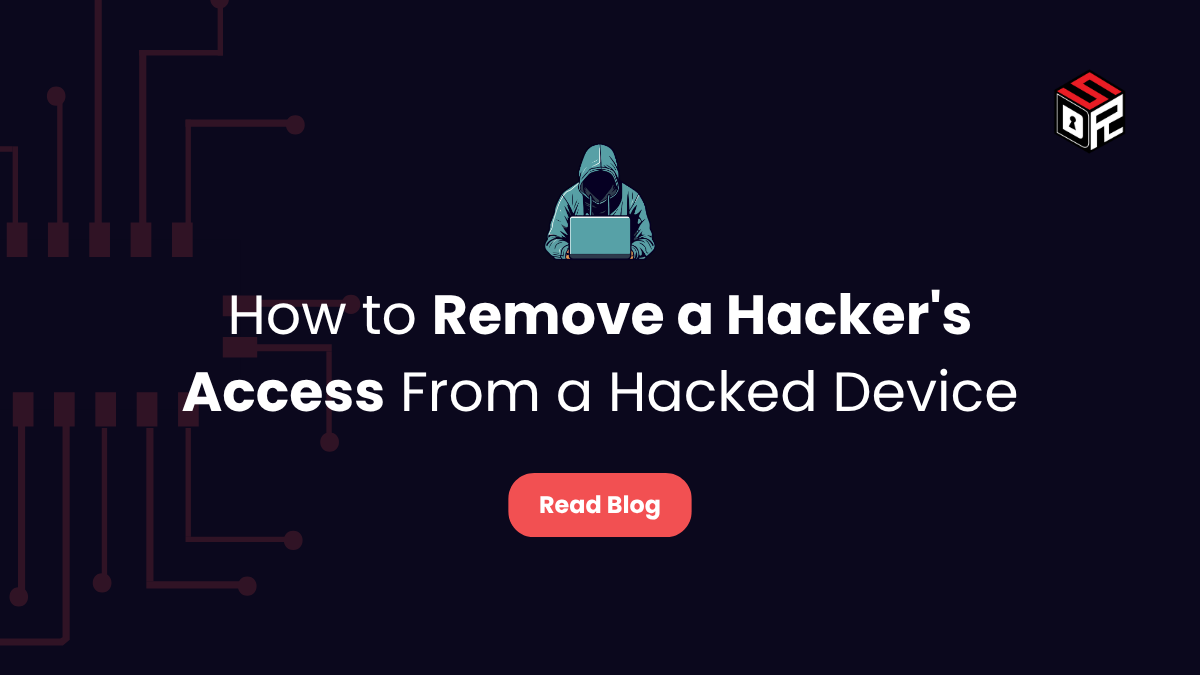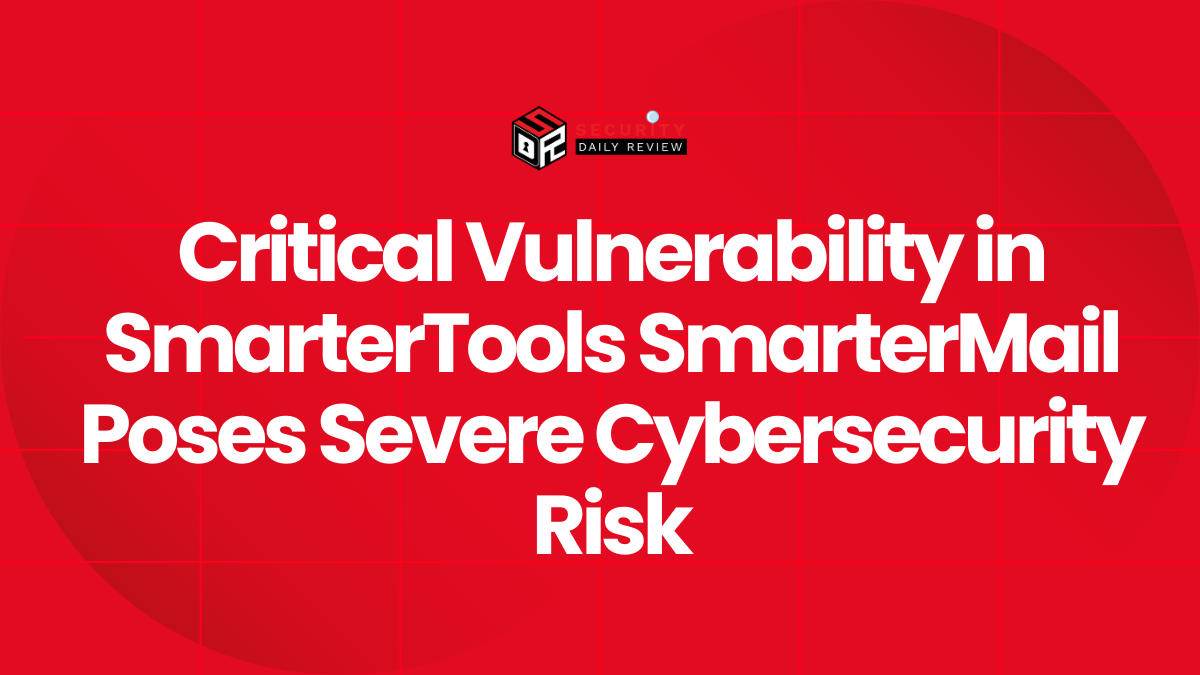The concept of “hacking” often carries a sense of alarm. When a mobile device begins to operate unexpectedly or applications malfunction—sometimes even due to harmless technical errors—the immediate assumption is frequently that the device has been compromised. Such concern is not unfounded, as hacking incidents are closely associated with severe risks, including data breaches, identity theft, and financial fraud.
While a variety of tools and practices exist to strengthen device security, many users lack the technical expertise to apply them effectively. Nevertheless, individuals can take practical steps to recognize potential intrusions, revoke unauthorized access, and reinforce their defenses against future cyberattacks.
This article outlines the key indicators of a compromised device and the measures available to safeguard personal data.
How to Identify If Your Device Has Been Compromised
Considering that 70% of online frauds and 80% of phishing attacks are conducted through mobile platforms, it is not wise to be unable to identify the signs that indicate the device has been compromised. Though hackers’ technological knowledge makes it challenging to crack the code, there are a few subtle clues that give it away. If you’re even a bit suspicious, don’t ignore the following signs.
- If your device’s battery is starting to drain more quickly than before, it may indicate that malware or a suspicious process is running in the background.
- If your phone overheats without excessive use, it also indicates that a hidden activity is occurring in the background.
- Check your phone regularly, and if you find any unfamiliar apps that you have not installed, they could be problematic.
- Keep an eye on data usage when the phone is not connected to Wi-Fi. It may mean that your information is being transmitted somewhere.
- If you receive notifications of password resets, it means someone is trying to hack your account.
- Don’t ignore alerts from your security software.
If you witness any of these signs, you should act immediately and try to regain access.
How to Regain Access to Your Hacked Device
1. Review App Permissions
App permissions are the most common way to enter the device. For example, when installing a flashlight app, it asks for permission to access the microphone. Now, why would a flashlight need to access your microphone?
It just might mean that someone wants to hear what you are doing or wants to know your surroundings. If you have recognized such signs of hacking, revisit your app permissions. To check the app’s permissions, follow these steps.
- Go to Settings > App Manager > Permissions Manager.
- Review what apps can access your camera, microphone, contacts, or location.
- Revoke permissions that don’t make sense for that app.
2. Clearing the Cache
Your device stores temporary files, which are saved in the cache. The primary purpose of temporary storage is to enhance the phone’s performance, whether it is loading apps or websites more quickly.
To gain access to your device, hackers send malicious scripts that can hide inside this cached data. Even if you don’t want to remove such files, it’s recommended to clear your cache regularly. Here’s how you can do it;
- For apps: go to App Settings > Storage > Clear Cache.
- This wipes temporary files that could support malicious activity.
3. Removing Unfamiliar Apps
Unfamiliar apps should not be on your phone. Hackers, along with other downloads, can add these apps. Regularly check your app lists and remove any unfamiliar or unused apps.
- From the settings, go to App Manager and uninstall any suspicious apps.
- If you can’t uninstall, boot into Safe Mode and remove the app there.
4. Update Your Phone
Outdated software often contains security loopholes. Keep your device updated to ensure that your device doesn’t have pockets to keep malware. Here is how you can do it.
- Update your operating system to patch vulnerabilities. Usually, your phone offers many updates; install them for stronger security.
- Update all apps, especially those related to security.
5. Use an Antivirus, Delete Suspicious Files
An antivirus app is like a security guard. It scans your device for malware and also stops you from downloading suspicious files. They are helpful, however, steer clear of free or unfamiliar antivirus software; they can be malware themselves. Confirm authenticity and usage before installing. Here are the steps you need to follow.
- Run a full device scan.
- Delete or quarantine flagged files.
- Keep it on for future safety.
How to Prevent the Device From Getting Hacked in the First Place
Identifying the signs and then doing the necessary checks can help with regaining access to your data; however, a more reliable approach is to prevent hacking from happening in the first place. One of the techniques is to use a phone tracking app.
Phone monitoring and tracking apps help keep your device safe and protect data by ensuring it does not access any suspicious files or apps from the internet unknowingly. The apps provide a detailed view of the phone’s activities, including the content of emails, URLs being opened, and files being downloaded and uploaded online.
Primarily, these applications offer complete data protection and ensures that the person is safe from various cyber threats, including data leaks and identity theft.
Once installed on the device, these applications operate in stealth mode. The user cannot delete the app, and all information is saved on a secure, encrypted dashboard to minimize risks of data leaks and privacy breaches. The dashboard can be accessed through any browser, is user-friendly, and sends alerts that help maintain vigilance and protect devices before they are compromised.
Here is how these applications work:
Email Monitoring
Email monitoring allows you to view all incoming and outgoing emails on the device. This includes sender details, message content, attachments, and exact timestamps. By reviewing these, you can identify suspicious links and prevent harmful downloads.
Browser History
The browsing history feature provides access to visited websites, opened URLs, third-party links, and search activities. This visibility helps trace the source of potential threats and stop devices from being compromised before serious damage occurs.
SMS Tracking
SMS tracking records all text message activity, including sent, received, and even deleted messages. It enables you to review exchanges from unfamiliar contacts and identify risky attachments that should not be opened.
Social Media Chat Monitoring
This feature monitors conversations across major social media platforms such as WhatsApp, Facebook, Instagram, and Snapchat. Because these channels are commonly exploited for phishing attempts, monitoring messages and attachments is critical to preventing unauthorized access or data leaks.
Installed Apps
A detailed list of all installed applications, including hidden or background-running apps, helps you quickly spot software that should not be present on the device. The list updates in real time, allowing you to address threats promptly.
App Blocking
Suspicious or unapproved apps can be blocked directly from the control panel. Once blocked, the app cannot access device data or attempt further breaches, providing a proactive layer of protection.
Wipe Data
If a device is stolen or severely compromised, the remote wipe feature enables you to erase all stored information. This protects sensitive files, credentials, and personal data from falling into the wrong hands, serving as a last line of defense.
Conclusion
With the increasing evolution in technology and easy access to someone’s device through messages and emails, it is tough to protect yourself from issues like hacking or privacy breaches. It is not impossible to protect yourself from hacking and phishing attempts.
You need to educate yourself and act quickly in case you face such situations. Other than that, install an antivirus on the device or get a phone monitoring and tracking app so you know what is happening on the device and keep it under proper check.
>>> Information Sourced From Xnspy
Frequently Asked Questions About Recovering Hacked Devices
How can I tell if my phone has been hacked?
There are a few signs that you need to know. These include rapid battery drain, overheating when idle, unexplained data usage, strange apps, and unexpected texts or calls. Additionally, you may see password resets, browser redirects, or antivirus alerts. To be assured, explore in case any of these happen.
Should I factory reset my phone right away if I think it’s hacked?
Yes, a factory reset can remove malware and restore your device, but try other techniques first. These include clearing the cache, deleting suspicious apps, and running antivirus scans. In case anything doesn’t work, use it as your last resort.
Can hackers still access my accounts after I remove them from my phone?
Yes. If hackers already have your login credentials, only removing accounts from your phone won’t stop them. You need to change all your passwords and set two-factor authentication. After that, review account activity at regular intervals to ensure the device remains safe.
Can antivirus apps really remove mobile hackers?
Antivirus apps typically detect and remove various types of malware, spyware, and trojans commonly used by hackers. However, they don’t always work. You also need to use other measures. The best approach is to use reliable apps, specifically paid apps that are without ads.
Can my phone be hacked just by clicking a link?
Yes, links are commonly used to hack the device. They can install spyware and redirect you to phishing pages. To avoid such issues, verify URLs before clicking and never enter sensitive information on suspicious or unsecured websites.









